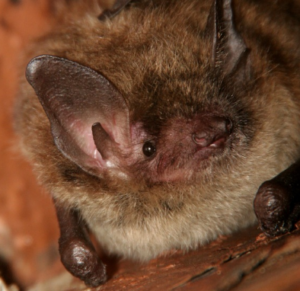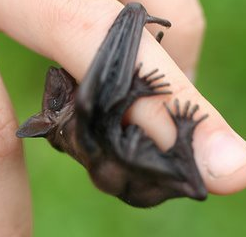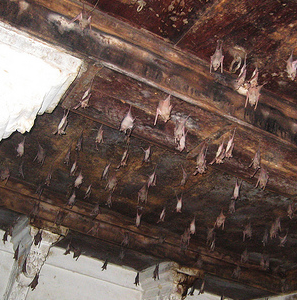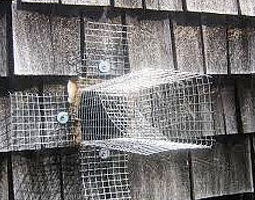Click below to listen to my Garden Bite radio show: Mosquito Eaters
Audio PlayerI get up very early and am on my way to work at about 4:45 in the morning. It’s about the same time the bats are flying back to their homes after a grand night of feeding. Let me introduce you to the Little Brown Bat.

Little Brown Bat
This little fella can munch down 1200 mosquitoes in an hour and when you live in Wisconsin or Minnesota, you gotta give props to ‘em. They may not be the cutest things but all of a sudden this little guy might not be so bad!
The little brown bat weighs in at about half an ounce. That’s less than a pack of gum! Yet eats half it’s weight in mosquitoes, flies, midges and other bugs every night. 
They grow to have a wingspan of 9 inches and can fly at 20 miles an hour. During hibernation their heart rate drops from 200 beats per minute to 20, and their body temperature hangs at just a degree above the surrounding air. Little Brown Bat – Wisconsin DNR
Baby bats are born between April and July. Most have just one, although there have been reports of some having twins. As pleased as I am that bats eat mosquitoes, I don’t want to share my home with them.

Thank the Lord this is NOT my house! EEK
In mid August you can start bat-proofing your place. You want the baby bats to have a chance to get out, then it’s time for sealing up the joint! Bats look for loose fascia boards, busted attic vents, a roof/wall joint, any place they can squeeze into to hang during hibernation. They can get into a hole as small as a dime.
The best thing to do is to wait until dusk, that’s when bats go hunting, then use ¼ inch mesh or nylon netting, caulking compound, plywood, or aerosol foam insulation and seal any place you think they may be getting into.

